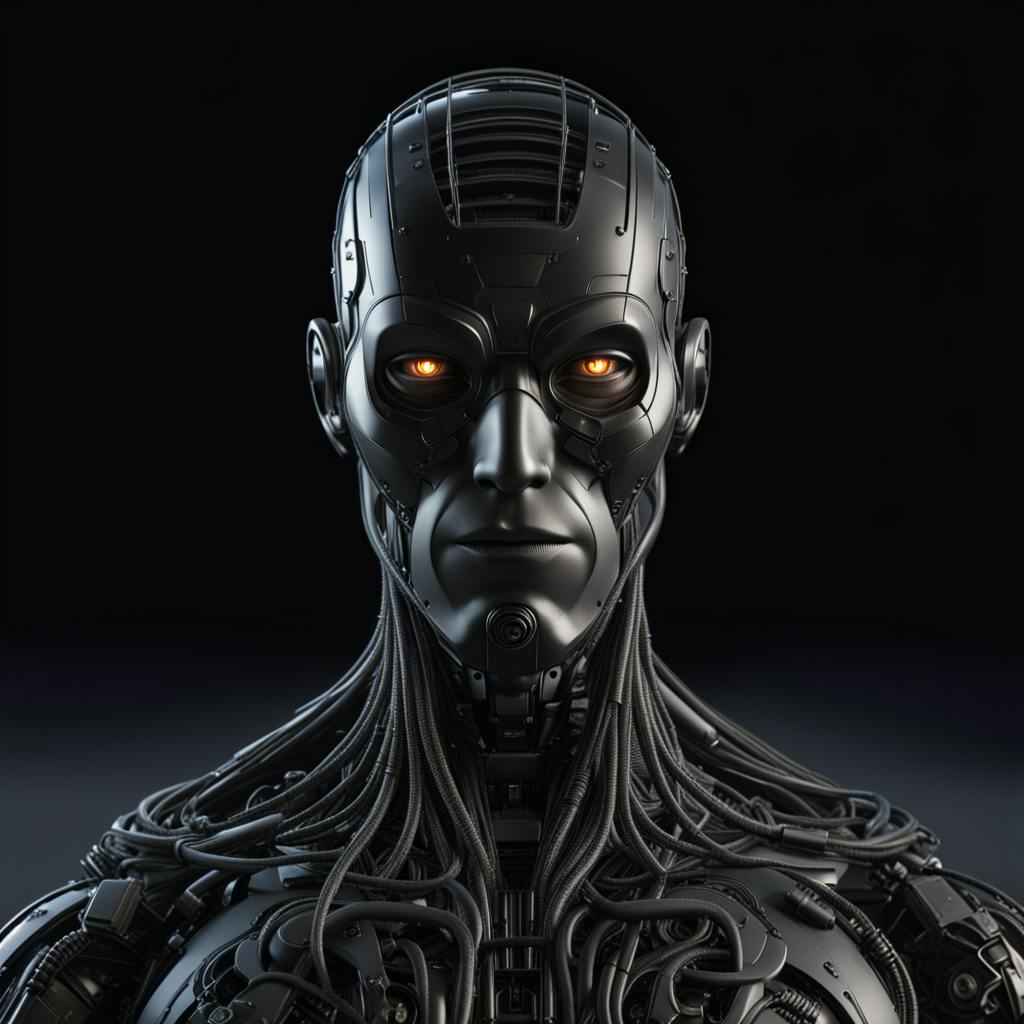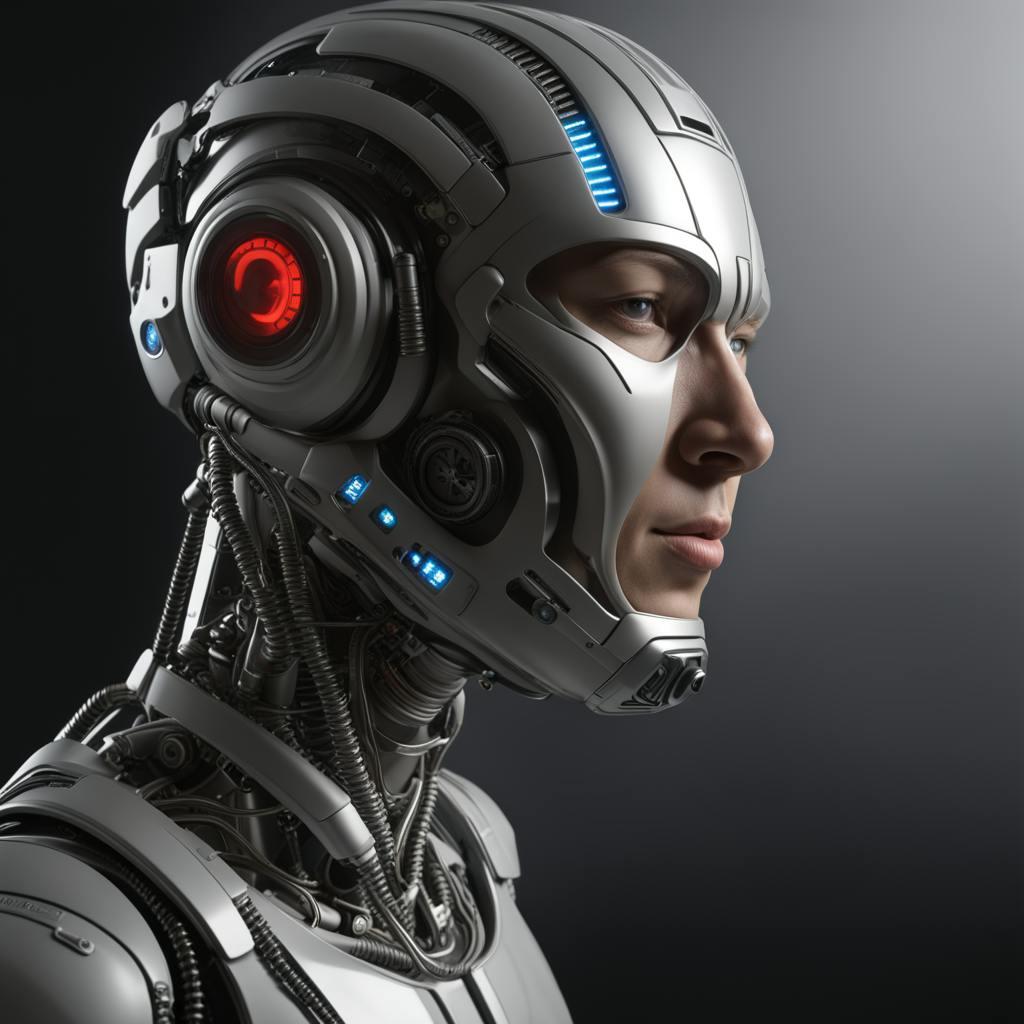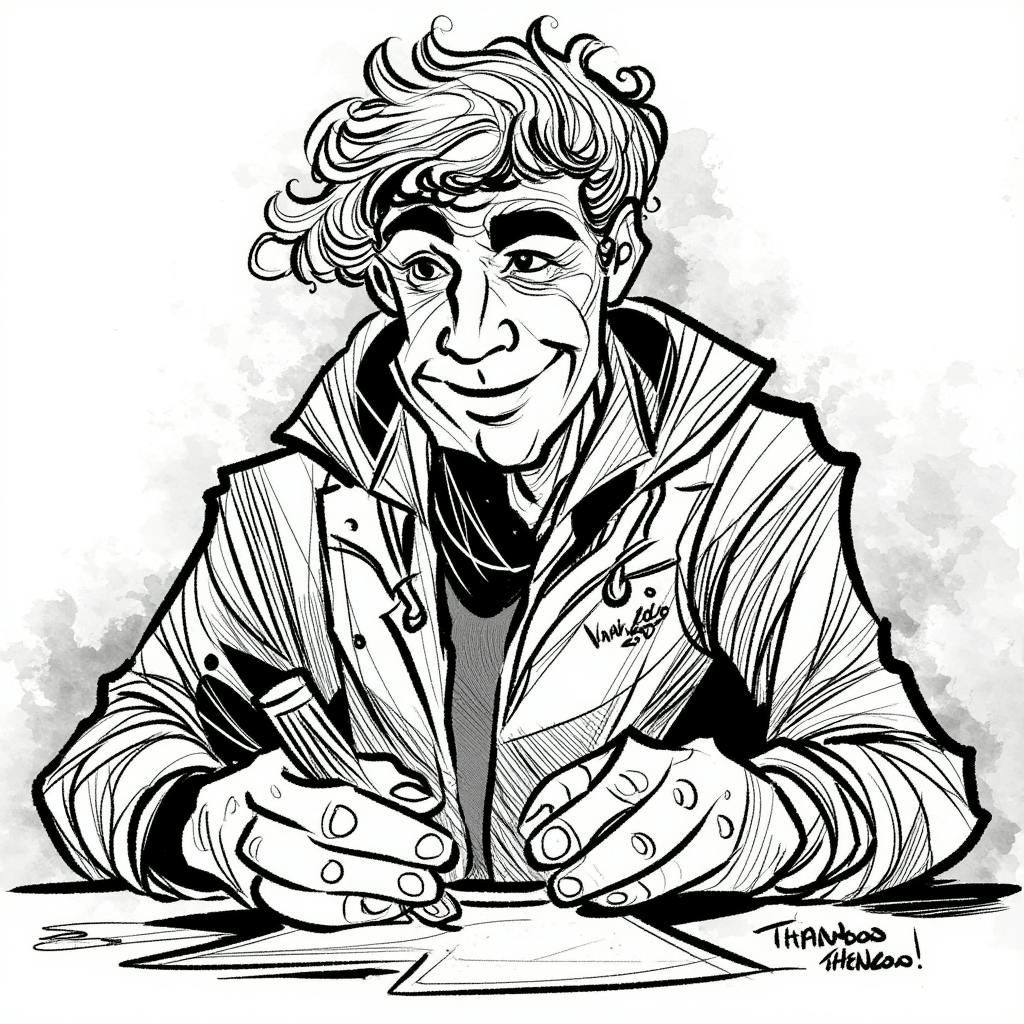The concept of 'AI for UX' is becoming increasingly prominent. Businesses and designers are leveraging artificial intelligence to create more intuitive, personalized, and efficient user experiences. Here, we explore how AI is revolutionizing UX design, enhancing user satisfaction, and fortifying the relationship between technology and its users.
The Intersection of AI and UX Design
Artificial intelligence brings a host of capabilities that are reshaping traditional user interface (UI) and user experience (UX) design paradigms. For instance, AI-driven data analysis allows designers to understand user behavior in real-time, facilitating data-driven design decisions. This capability is not only enhancing UX but also optimizing design processes, reducing time, and eliminating guesswork.
Personalization Through AI
One of the most compelling aspects of incorporating AI into UX is personalization. AI algorithms process vast amounts of data to understand user preferences and behaviors. For example, e-commerce platforms utilize machine learning models to suggest products based on previous purchases and browsing history. This personalized experience makes users feel valued and understood, significantly enhancing engagement and satisfaction.
Automation and Efficiency
AI tools automate repetitive tasks, allowing designers to focus more on creativity and user-centric solutions. For instance, AI can automatically generate design layouts or translate wireframes into code, significantly reducing workload and increasing efficiency. This type of automation does not merely improve productivity but also opens up possibilities for more innovative and user-focused design practices.
Improving Accessibility
AI also plays a pivotal role in improving accessibility in digital design. Machine learning algorithms can be used to develop speech-to-text and text-to-speech functions, making technology more accessible to users with disabilities. By enriching user interfaces with these features, companies can ensure their products cater to a broader audience, thus enhancing the inclusive quotient of their designs.

AI made with Christophe Vacher
Common Questions About AI for UX
Is AI replacing designers?
No, AI is not replacing designers. While AI can handle routine tasks and offer insights based on data, the creativity, empathy, and strategic thinking needed for UX design are uniquely human traits. AI acts more like a powerful tool that enhances the capabilities of designers, allowing them to deliver better user experiences.
How can small businesses utilize AI for UX?
Small businesses can benefit from AI by integrating customer feedback tools, employing AI-driven analytics, and using design platforms that offer AI features like automated design suggestions. These tools can help small businesses create more effective user experiences without the need for large teams or resources.
What challenges are there in using AI for UX?
Integrating AI into UX design comes with challenges like ensuring data privacy, avoiding algorithmic biases, and managing the cost of AI tools. Designers must work closely with data scientists and engineers to mitigate these issues and ensure the AI solutions align with the user’s needs.
AI for UX: Frequently Asked Questions (FAQ)
In recent years, artificial intelligence (AI) has become a transformative force across various sectors, particularly in enhancing user experience (UX) within the tech industry. Below are some frequently asked questions about how AI is impacting UX design.
How is artificial intelligence enhancing user experience in the tech industry?
AI is revolutionizing user experience by enabling more personalized, efficient, and intuitive interactions. It allows companies to understand user behavior at an unprecedented scale, providing insights that drive design and functionality improvements. Through machine learning algorithms, AI can process vast amounts of data to discern patterns and predict user needs, leading to more customized experiences. AI also aids in refining interfaces by automating usability testing and optimizing layout designs based on user feedback.
What are some examples of how AI is used for UX design?
- Personalization: AI algorithms analyze user data to provide personalized content, recommendations, and interfaces. For instance, streaming services like Netflix use AI to recommend movies based on viewing history.
- Chatbots and Virtual Assistants: These AI-driven tools are increasingly used to enhance customer support and interaction. Examples include Apple’s Siri, Google Assistant, and customer service chatbots that provide 24/7 assistance.
- User Journey Analysis: AI tools track and analyze user pathways through an application, identifying friction points and improving navigation and flow to make interfaces more intuitive.
- A/B Testing: AI automates and accelerates A/B testing by analyzing user interactions and determining which design versions are the most effective.
- Voice and Image Recognition: AI supports enhanced voice control and image recognition, facilitating more natural user interactions with devices, such as using voice commands with Amazon’s Alexa.

AI made with Christophe Vacher
What are the benefits of using AI for UX?
- Improved Personalization: AI’s ability to analyze user data allows for highly personalized user experiences, increasing user satisfaction and engagement.
- Enhanced Efficiency: Automation of routine tasks, like data analysis and customer support, frees up designers to focus on more strategic tasks.
- Data-Driven Insights: AI provides valuable insights from user behavior data, allowing for UX designs that are evidence-based and user-centered.
- Scalability: AI allows companies to design and test UX solutions at scale, ensuring that interfaces can handle a large volume of users without performance loss.
- Real-Time Feedback and Adaptation: AI systems can adapt interfaces in real-time based on immediate user feedback, ensuring a more seamless user experience.
How does AI contribute to the improvement of user experience?
AI elevates UX by making interfaces more intuitive and responsive. It helps create designs that evolve with user needs, incorporating behavioral insights to adapt to changing preferences. AI also enhances accessibility by developing interfaces that cater to varied user capabilities, such as voice-controlled systems that assist users with disabilities. Furthermore, it supports predictive design elements that anticipate user needs before they manifest, leading to proactive UX enhancements. By continuously learning from user interactions, AI ensures that the user experience remains dynamic, progressively aligning with user expectations and industry trends.
Conclusion
The integration of 'AI for UX' is undeniably transformative, offering personalization, efficiency, and improved accessibility in digital design. Though there are challenges to navigate, the potential benefits make AI a worthwhile investment in enhancing user experiences. As we look to the future, the synergy between AI and UX promises to foster even more innovative and user-centered digital environments. Embracing this technology not only keeps businesses competitive but also aligns them with the evolving expectations of modern technology users.

